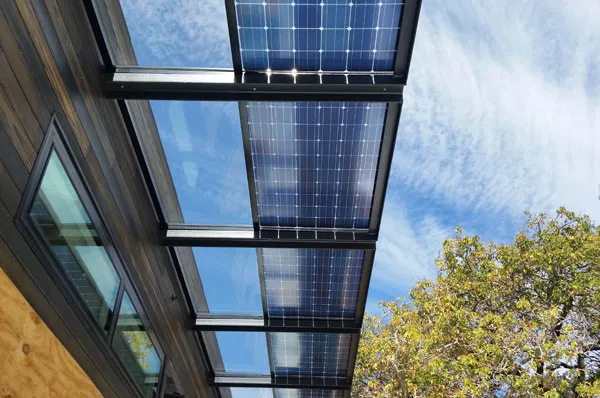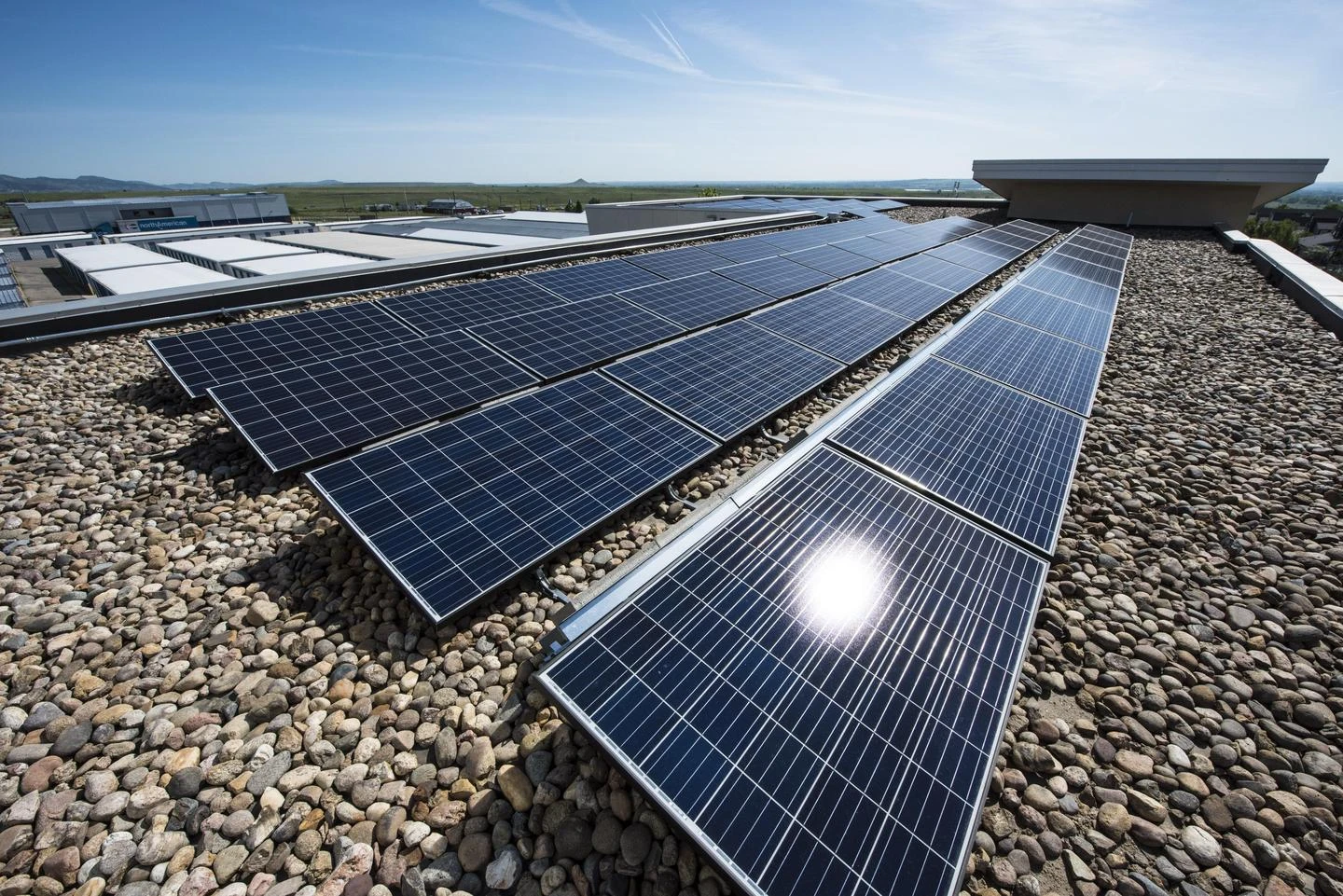Bifacial Solar Panels Dual-Side Energy, Lower Costs & PERC Tech
- Introduction to Bifacial Solar Technology
- Technical Advantages Over Traditional Panels
- Cost Analysis: Investment vs. Long-Term Savings
- Manufacturer Comparison: Efficiency & Durability
- Custom Solutions for Vertical Installation
- Real-World Applications and Case Studies
- Future Outlook for Bifacial Solar Panels

(bifacial solar panels)
Understanding Bifacial Solar Panels and Their Unique Edge
Bifacial solar panels capture sunlight on both front and rear surfaces, generating 10-30% more energy than monofacial counterparts. This technology leverages albedo reflection from surfaces like concrete or grass, with vertically mounted bifacial solar panels
gaining traction in high-latitude regions for optimized winter performance. The global bifacial market is projected to grow at a 19.8% CAGR through 2030, driven by decreasing costs now averaging $0.80/W for utility-scale projects.
Technical Superiority in Renewable Energy Systems
Key innovations in bifacial PERC (Passivated Emitter Rear Cell) solar panels deliver 22.3% module efficiency through:
- Dual-glass encapsulation ensuring 30-year lifespan
- Back surface field (BSF) technology reducing electron recombination
- Anti-PID (Potential Induced Degradation) coatings
Field tests in Arizona show bifacial systems producing 27 MWh/acre/year versus 21 MWh from monofacial arrays.
Financial Considerations and Market Pricing
While bifacial solar panels cost 15-20% more upfront than traditional options, their LCOE (Levelized Cost of Energy) falls to $0.024/kWh versus $0.034/kWh for monofacial systems. Tax incentives like the U.S. ITC (Investment Tax Credit) can offset 30% of installation costs. Current pricing models:
| Capacity | Bifacial System | Monofacial System |
|---|---|---|
| 5kW Residential | $12,400-$14,800 | $10,200-$12,500 |
| 1MW Commercial | $790,000 | $680,000 |
Manufacturer Performance Benchmarking
| Brand | Bifacial Gain | Warranty | Degradation Rate |
|---|---|---|---|
| JinkoSolar | 25% | 30 years | 0.55%/year |
| Canadian Solar | 22% | 25 years | 0.60%/year |
| LONGi Solar | 28% | 30 years | 0.50%/year |
Vertical Installation Configurations
Vertically mounted bifacial solar panels demonstrate particular effectiveness in:
- Snow-prone areas (45° tilt prevents accumulation)
- Agrivoltaic systems (dual land use for crops + energy)
- Urban environments (architectural integration)
A Dutch pilot project achieved 1,580 kWh/kWp annual yield using vertical bifacial arrays, compared to 1,220 kWh/kWp from standard tilted systems.
Demonstrated Success Across Industries
Notable installations include:
- 3.2MW bifacial carport system in Singapore (18% yield increase)
- Vertical bifacial fence at Minnesota airport (37kW system, 92 MWh/year)
- Bifacial PERC solar panels in Chile's Atacama Desert (2.4 GWh/year output)
Bifacial Solar Panels: The Path Forward
With 41 countries now including bifacial technology in national renewable plans, vertically mounted bifacial solar panels are expected to capture 35% of the utility-scale market by 2027. Ongoing R&D focuses on achieving 24% efficiency through TOPCon (Tunnel Oxide Passivated Contact) cell structures and lightweight (18kg) dual-glass designs.

(bifacial solar panels)
FAQS on bifacial solar panels
Q: How do vertically mounted bifacial solar panels work?
A: Vertically mounted bifacial panels capture sunlight on both sides, utilizing reflected light from the ground or nearby surfaces. This setup is ideal for high-latitude regions or snowy areas where ground reflection is high. It also saves space and allows for dual-use land applications like agrivoltaics.
Q: What is the cost difference between bifacial and traditional monofacial solar panels?
A: Bifacial panels typically cost 10-20% more upfront than monofacial ones due to advanced materials and manufacturing. However, their higher energy output often leads to faster ROI, especially in reflective environments. Government incentives may further offset initial costs.
Q: Are bifacial PERC solar panels more efficient than standard bifacial panels?
A: Yes, bifacial PERC (Passivated Emitter and Rear Cell) panels enhance efficiency by minimizing electron recombination. The PERC technology boosts rear-side energy generation by up to 25% compared to non-PERC bifacial models. This makes them ideal for low-light conditions and high-temperature environments.
Q: Where are vertically mounted bifacial solar panels most effective?
A: They perform best in areas with consistent ground reflectivity, such as snowy regions, sandy deserts, or near light-colored surfaces. Vertical mounting reduces dust accumulation and improves winter performance. This design is also popular for solar fencing and highway installations.
Q: Do bifacial solar panels require special installation considerations?
A: Yes, optimal installation requires elevated mounting to allow rear-side light absorption and avoid shading. Ground surface albedo (reflectivity) should be maximized for higher efficiency. Spacing between rows must also accommodate dual-sided light capture without obstruction.
-
Smarter Solar: Why Bifacial Panels Are the FutureNewsMay.14,2025
-
Smarter Solar Starts with MicroinvertersNewsMay.14,2025
-
Revolutionary Solar Solutions - Powering Your Future SustainablyNewsMay.14,2025
-
Power Smarter: The Heart of Your Solar SystemNewsMay.14,2025
-
Power More with Growatt String InvertersNewsMay.14,2025
-
Power Freedom with Off-Grid Solar InvertersNewsMay.14,2025







